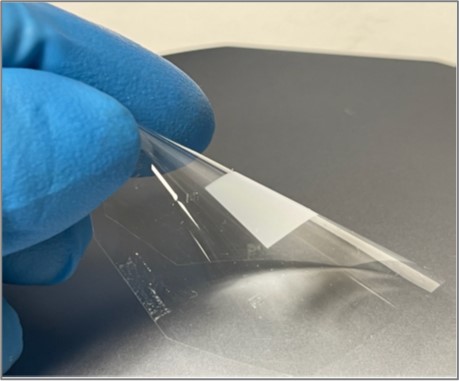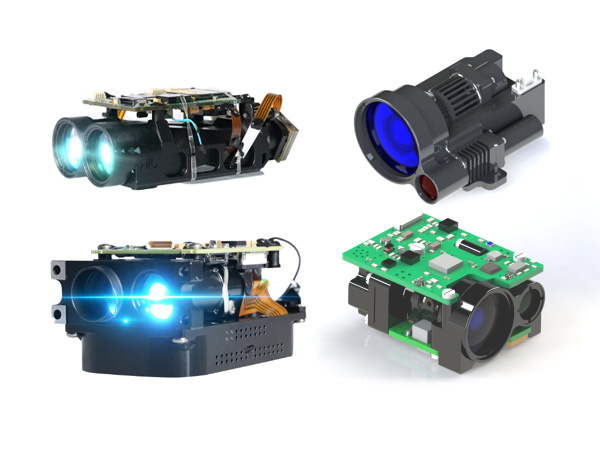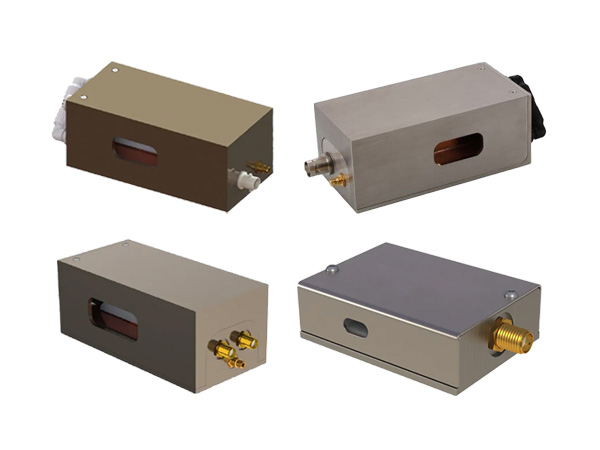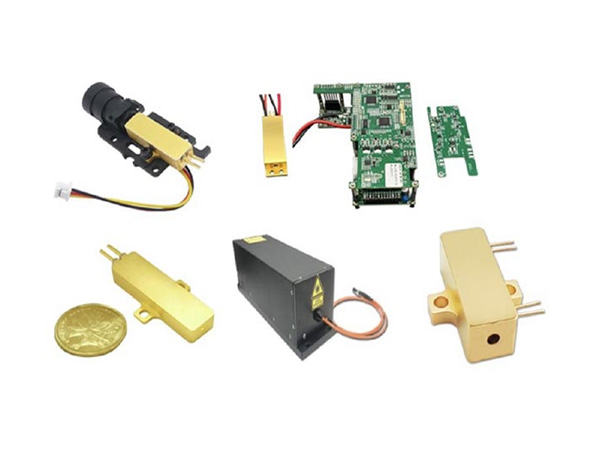Exploring Metalenses: Principle and Applications

Metalenses, a revolutionary advancement in optical technology, offer a promising alternative to traditional lenses by manipulating light at the nanoscale. This paper provides an overview of the principle behind metalenses, their fabrication methods, unique properties, and diverse applications across various fields.
1. Introduction:
Traditional lenses have long been essential tools in optics, facilitating imaging, sensing, and telecommunications. However, they are constrained by their bulky size, weight, and limitations in aberration correction. Metalenses, composed of subwavelength nanostructures, have emerged as a transformative technology to overcome these limitations. By controlling the phase and amplitude of light waves with unprecedented precision, metalenses offer compact, lightweight, and high-performance alternatives to conventional lenses.
2. Principle of Metalenses:
Metalenses operate based on the principle of wavefront manipulation at the nanoscale. Unlike traditional lenses, which rely on refractive index variations, metalenses use subwavelength structures, such as nanoholes or nanostructures, to impart phase shifts on incident light. By carefully designing the geometry and arrangement of these nanostructures, metalenses can focus, bend, or manipulate light with exceptional control and efficiency. Additionally, gradient-index metalenses achieve variable refractive indices across the lens surface, enabling advanced aberration correction and improved imaging performance.
3. Fabrication Methods:
Fabricating metalenses requires advanced nanofabrication techniques capable of precisely sculpting subwavelength features. Common methods include electron beam lithography, focused ion beam milling, nanoimprint lithography, and self-assembly processes. Each technique offers unique advantages and challenges in terms of resolution, scalability, cost-effectiveness, and material compatibility. Recent advancements in nanofabrication have enabled the mass production of metalenses with high throughput and uniformity, paving the way for widespread adoption in commercial applications.
4. Properties and Characteristics:
Metalenses exhibit several distinctive properties that differentiate them from conventional lenses. These include their ultrathin profile, lightweight construction, and broadband operation. Unlike bulky glass lenses, metalenses can be integrated into compact devices, such as smartphones, cameras, and virtual reality headsets, without sacrificing optical performance. Furthermore, metalenses offer unparalleled control over chromatic aberrations, enabling sharper imaging across a broad spectrum of wavelengths.
5. Applications:
The versatility of metalenses has led to their adoption in various applications across multiple fields. In microscopy, metalenses enable high-resolution imaging with compact and portable devices, revolutionizing biomedical research and diagnostics. In photography, metalenses offer improved image quality and depth-of-field control, enhancing the capabilities of professional and consumer cameras alike. Moreover, metalenses play a crucial role in emerging technologies such as augmented reality, lidar systems, and free-space optical communications, enabling compact and lightweight optical systems with enhanced performance.
6. Challenges and Future Directions:
Despite their significant advantages, metalenses face several challenges, including limited bandwidth, polarization sensitivity, and fabrication scalability. Ongoing research efforts focus on addressing these challenges by developing novel materials, optimizing fabrication techniques, and exploring advanced optical designs. Future directions include the integration of metasurfaces with active components, such as phase modulators and tunable materials, to enable dynamic control of light propagation. Additionally, the development of meta-optics platforms for multi-functional devices holds promise for next-generation imaging, sensing, and communication systems.
7. Conclusion:
In conclusion, metalenses represent a paradigm shift in optical technology, offering compact, lightweight, and high-performance alternatives to traditional lenses. Their unique properties and versatile applications make them indispensable tools across various fields, from microscopy and photography to telecommunications and beyond. As research continues to advance, metalenses are poised to drive innovation and reshape the landscape of optical devices, paving the way for new opportunities in science, industry, and everyday life.
For more information on metaleses, please click here.
 English
English Français
Français Deutsch
Deutsch euskara
euskara Русский язык
Русский язык Italiano
Italiano Português
Português Nederlands
Nederlands Polski
Polski Greek
Greek Lietuva
Lietuva Türkçe
Türkçe 日本語
日本語 한어
한어 中文
中文 தாமில்
தாமில் فارسی
فارسی हिंदी
हिंदी Tiếng Việt
Tiếng Việt ภาษาไทย
ภาษาไทย Pilipino
Pilipino Indonesia
Indonesia தாமில்
தாமில்





